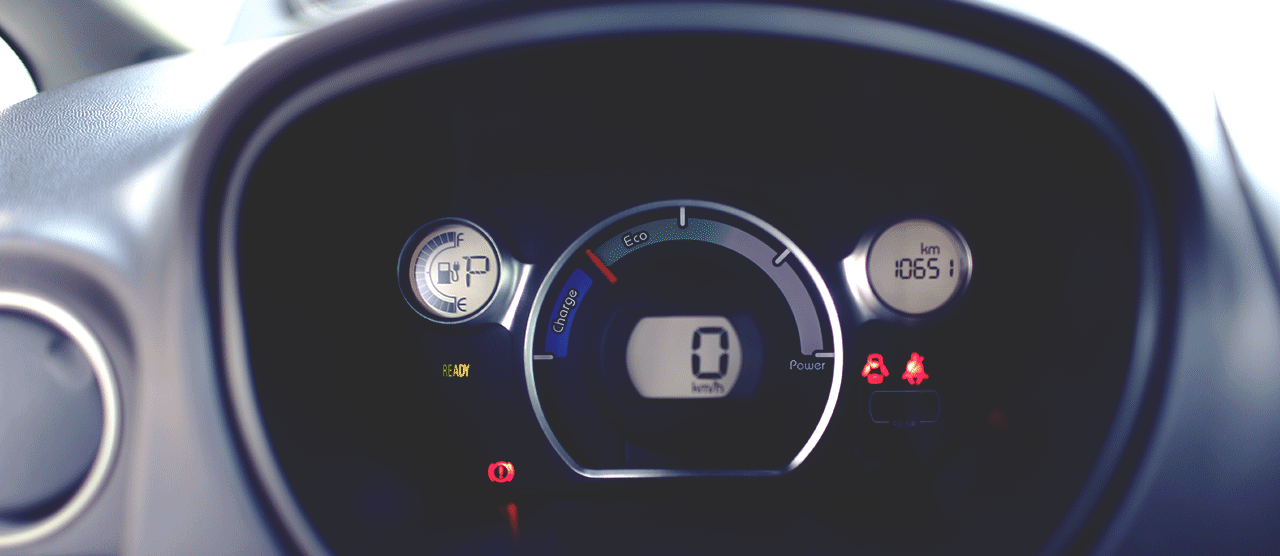Electric vehicles are those whose motors are capable of converting energy from batteries into mechanical energy, enabling vehicles’ motion. Many companies in the world are betting on sustainable projects ; for example, Enel Peru promotes and carries out projects like that of electric mobility which will help take care of the environment and make the smart city a reality.
According to their characteristics, electric vehicles are divided into hybrid, plug-in hybrid, range extended and pure-electric.
Hybrid Vehicle
This type of vehicle has one electric motor and one combustion engine. The electric motor can function in series (at low speeds), in parallel or mixed with the other engine (as support during acceleration). Thanks to the "regenerative braking", the car charges the battery without using an electrical outlet.
Hybrid Plug-In Vehicle
It is very similar to the hybrid vehicle (it has a combustion engine and an electric motor that can function with a series, parallel or mixed system) with the exception that it also has a range of 25-50 km. Its battery is charged connecting a plug to the electrical grid.
Range Extended Vehicle
This type of vehicles also has an electric motor and a combustion engine. However, they differ from the hybrid vehicles as the electric motor is the one producing motion while the combustion engine produces electric power to feed the electric motor. It also charges its battery through a connection to the electrical grid.
Pure-Electric Vehicle
Known simply as "electric vehicle", it only has one electric motor and charges its battery through a connection to electrical grid . Its range varies according to the model ― some electric vehicles have a range of 200 km while others reach more than 500 km with a full charge. It is worth noting that the advance in battery technology help ranges increase every year, which makes these vehicles a good option for urban transport.


